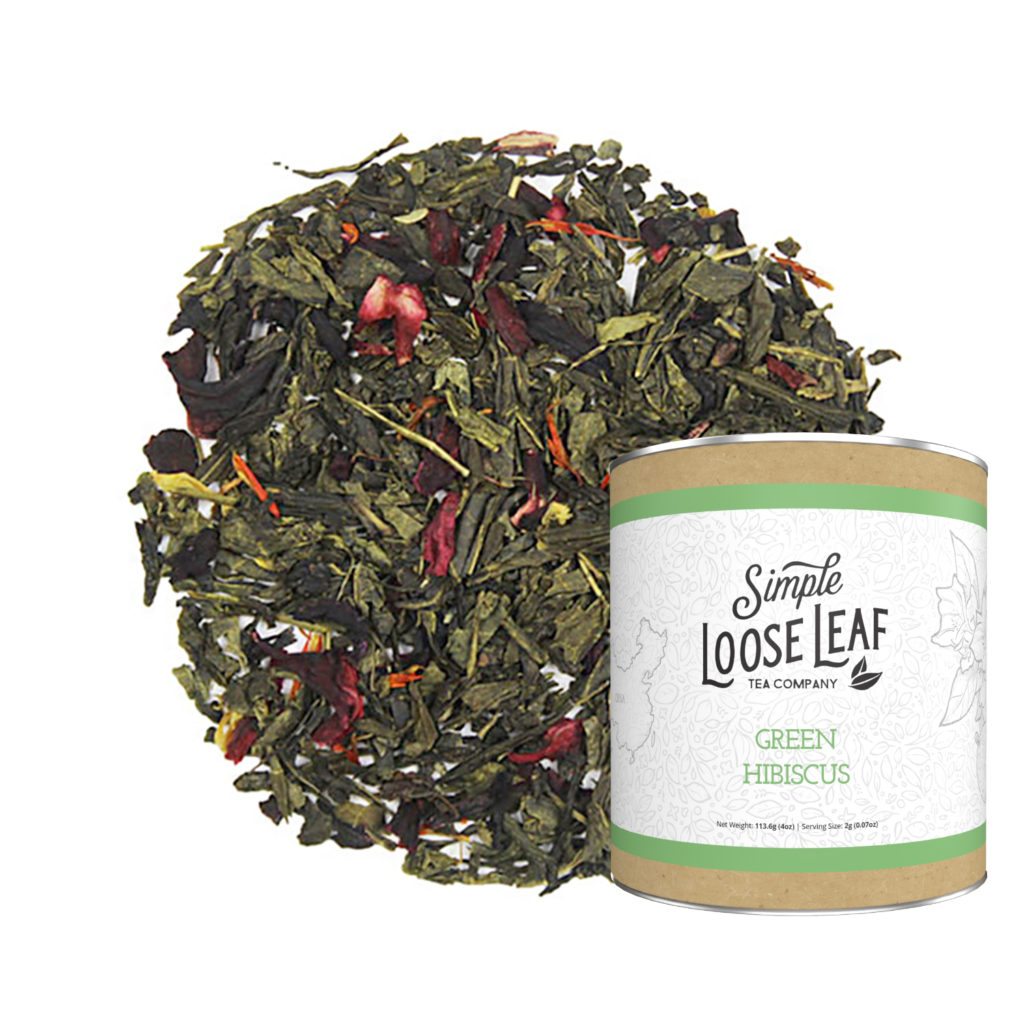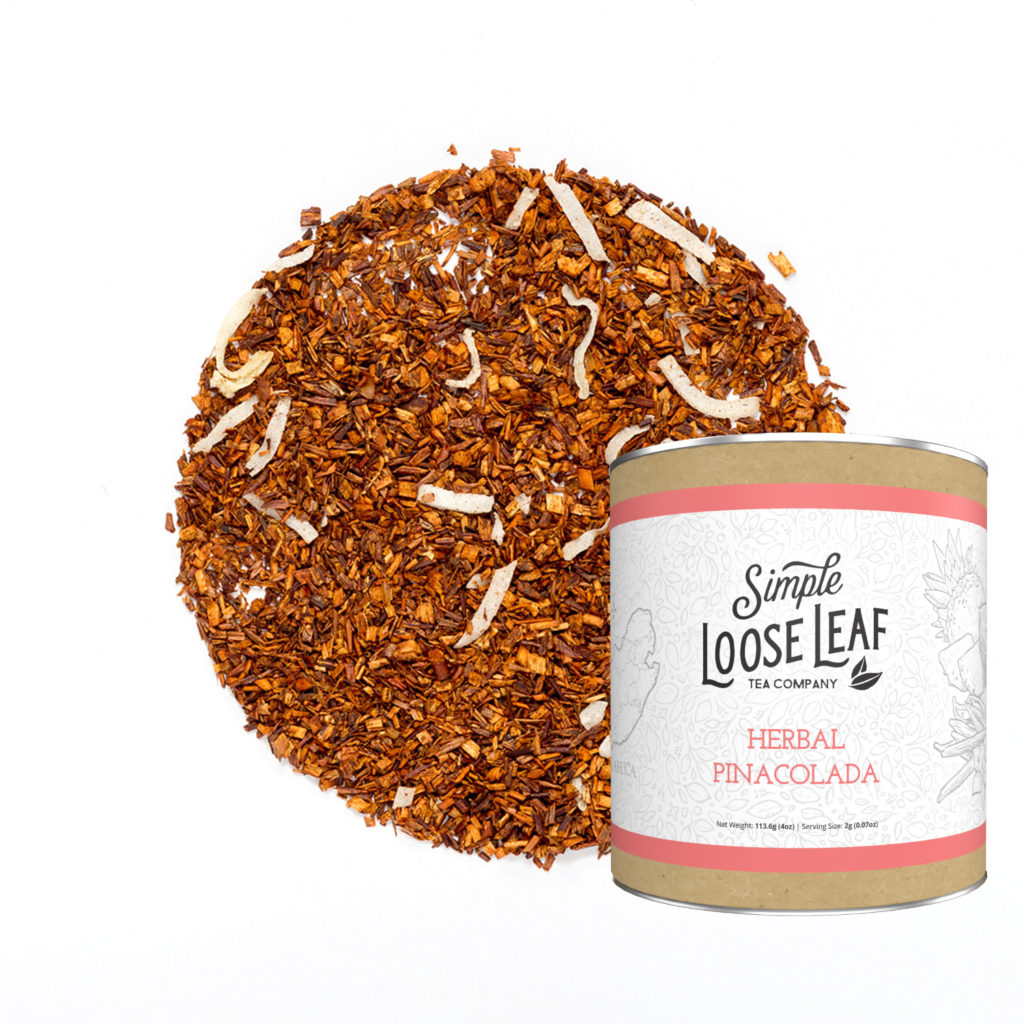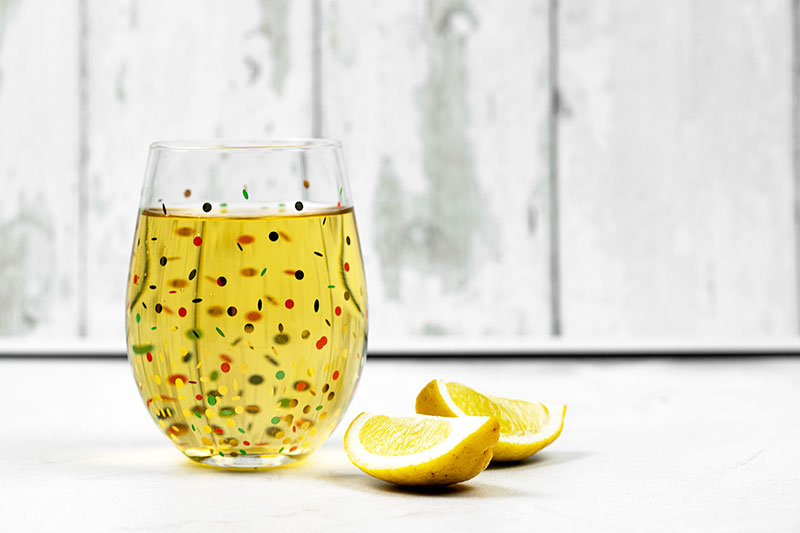How to Cold Brew Tea: Best Method!
How often did you hear someone saying they would drink more tea if it was easier to brew? With cold brewing, tea drinking cannot be easier. In fact, it doesn’t require much effort, attention or checking time and temperature. It’s also the most forgiving method, because it will always taste refreshing and never bitter.
What is cold brewing?
Cold brewing is making tea using only tea leaves, a pitcher or some other tea brewing vessel and a refrigerator. Cold brew tea is different from your typical glass of iced tea. It’s lighter, takes much less effort to prepare and doesn’t require any sugar. Typical iced tea is made by brewing tea with hot water, then diluting with more water and/or ice. Because hot water will give a much stronger, and sometimes bitter, brew in only a few minutes, sugar is often added to iced tea to make it taste better. On the other hand, cold brewing will never give a bitter infusion – only refreshing and gentle drink that can be enjoyed throughout a day. With cold brewing you can easily control the flavor by steeping the leaves for a few hours more or less.
Which teas are good for cold brewing
You can use almost any tea for cold brewing, but some of them may require much more time to give the best flavor. For example, Chinese sencha is one of the best choices for cold brewing, while dark pu’erh is rarely used.
Brew green tea for at least 3 hours, white for 4, oolong and black for 5-6 hours, herbal tea for at least 8-12 hours and fruit teas for 12+ hours. Broken leaves will release flavor much faster than unbroken leaves. Tightly rolled oolongs such as Ti Kwan Yin may need more time too, compared to oolongs with twisted leaves.
White tea
Pai Mu Tan is one of the best white teas for cold brewing. Add 2-3 spoons of tea leaves per 4-6 cups of water and steep for around 4 hours or longer. If you enjoy fruity flavors, try Simple Blueberry White.
Green tea
Green tea is by far the best tea type for cold brewing. Unlike a cup of hot green tea, cold brew green tea will never taste bitter. For a simple cold brew use Chinese sencha or Pan Fried Green. The most refreshing flavored types are Simple Peach Green, Chinese Jade Sencha, Acai Berry Green and Green Hibiscus, or Jasmine Green for a delicate floral note.

Green Hibiscus tea
Oolong tea
Oolong is often less used for making iced tea than green or black, but it can be great for making cold brews. Try Morning’s Oolong or Orange Blossom.
Black tea
Cold brew black tea will have less caffeine than your usual cup of black tea. With a lighter, sweeter and more refreshing flavor it will be a great drink to sip all morning long. Try Grand Keemun, Ceylon Orange Pekoe and Organic Assam. Our favorite flavored teas for cold brewing and Blueberry Black, Blue Lady Grey and Kaala Jangal.
Herbal tea
Zesty, minty and refreshing herbal blends are great for cold brewing. Although you can cold brew almost any herbal tea, some may need more time to give the best flavor. Our top picks are Citrus Hibiscus, Red Rose, Herbal Pinacolada, Atoqua Herbal and – Roasted Mate.

Herbal Pinacolada red rooibos tea
The pros of cold brewing
- It takes very little effort, and the result is delicious
- You don’t need to worry about water temperature or ruining the tea with boiling water
- You will have enough tea for at least one day
- Cold brewed tea will never be bitter
- It’s a great calorie-free flavorful alternative for summer
- Less caffeine from caffeinated herbs and teas[1]
- Same anti odixative power as hot brewed tea, but less astringency[2]
- Same tea leaves will offer a whole new flavor profile
- You can add your own ingredients
Cold Brew Tea Recipe
You will need:
- Your favorite loose leaf tea, 1+ spoon per litre of water or about 4 8oz cups
- Glass pitcher, glass teapot, bigger tea bottle or a big glass jar
- Spring or filtered water, room temperature
- Depending on the type of tea, filter to strain it later
Cold brew method:
Cold brewing is extremely easy. The most important step in cold brewing is choosing the best water. Hard tap water might not be the best choice for brewing delicate tea leaves. Since cold brewing results in a much lighter brew, the taste of water is very important.
1 spoon of tea leaves is usually enough for 4-6 cups of water. The more leaves you use, the stronger flavor you will get – same as with hot brewing. Try with less leaves first and adjust the amount later.
Although you may use tea bags, they are likely to impact the flavor. Instead, if needed, opt for clean linen pouches. However, the best flavor will come from using the tea leaves only.
Put the leaves in the pitcher and rinse them quickly if needed. Then add water and put it in the fridge. Green tea will usually be ready after three hours. Oolong and black may take about 5 and herbal tea is best steeped even longer. You don’t need to strain the leaves and you may even top up water once the pitcher is half empty. However, if you don’t strain the leaves, don’t keep it in the fridge for more than 24 hours. 12 hours is generally the best brewing time for any type and is likely to give the best result.
Place a strainer above your glass and pour. You can add a simple syrup if you want more flavor and turn it into a cold brew iced tea or drink it pure.
Ideas for a homemade cold brew blend
Cold brewing will extract a very different flavor than hot brewing and some teas may taste better than cold brewed. In fact, you may even be surprised to find your new favorite tea among the leaves you wasn’t really enjoying before.
If you are brewing regular unflavored green, white, oolong or black tea, try adding other ingredients. Here are some ideas:
- Chinese sencha green tea and fresh cucumber
- Pan Fired green tea and fresh mint leaves
- Formosa Oolong tea and fresh basil leaves
- Keemun black tea and fresh rose petals
- Organic Assam black tea and fresh lavender
- Hibiscus and lime wedges
- Chamomile and fresh mint leaves
Disclaimer: This article is for informational purposes only. It’s not intended to replace medical advice, diagnosis or treatment. Every person is different and may react to different herbs and teas differently. Never use teas or herbs to treat serious medical conditions on your own. Always seek professional medical advice before choosing home remedies.
References:
[1] https://www.researchgate.net/publication/264700887_Effect_of_Different_Brewing_Methods_on_Quality_of_Green_Tea_Quality_of_Green_Tea



